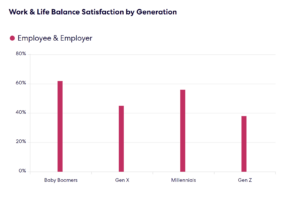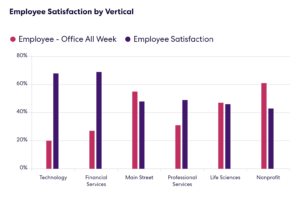This incredibly helpful checklist from the National Council of Nonprofits (NCN) offers steps you can take if your federal grant funding or contract is terminated.
Below are some initial steps that nonprofits should engage in when they learn that their federal grant or contract is terminated by a federal agency. While the full steps that should be taken, and the rules that apply, will be specific to your grant or contract and the specific federal agency that provided the funding, this checklist will provide a strong basis for next steps and understanding your rights.
Review the terms and conditions of your grants and contracts.
Make sure your organization has an inventory of all of your federal grants and contracts and review the terms and conditions, including the grounds and circumstances under which termination is allowable. The termination provisions should be referenced or included in your grant or contract provisions, specifically in the terms and conditions section, and may have also been laid out in the Notices Inviting Applications or Notices of Funding Opportunities.
Understand what federal regulations govern the termination.
The Uniform Guidance– 2 C.F.R. Part 200 – generally governs grants awarded across federal agencies. The Federal Acquisition Regulation generally governs federal government contracts. For grants, it is also important to know which version of Part 200 governs your grant. The White House Office of Management and Budget (OMB) published an Updated OMB Uniform Guidance, effective October 1, 2024. Agencies had the option of applying it to grants issued as early as June 21, 2024, so the start date will vary by agency. In addition, each agency will have their own rules that will impact termination and closeout procedures. See NCN’s OMB Uniform Guidance Final Rule.
Make sure you know what closeout costs you are entitled to.
Regulations lay out specific closeout and termination costs allowable for a grantee or contractee. For example, for grants, you are generally allowed to recover allowable costs that were properly incurred before the termination date (200.343) and costs that would not have occurred if the grant was not terminated (200.472). However, different agencies define what costs were incurred or obligated before the end of the performance period, so you need to make sure you understand those and communicate with your program officer, or the contact provided for the program in your termination letter, to learn more.
Check to see if any conditions have been imposed that impact how you can access funds.
First, you should understand the disbursement rules for your obligated funds, and make sure you are disbursing in the way you are allowed to based on your approved allowable, reasonable, and allocable expenses as timely as possible given the current uncertainties. Once your grant or contract is terminated, make sure you check to see if you are still allowed to access funds in the same way or, if you have a grant, if the agency has put any conditions on your grant that require prior approval or cost reimbursement. It is important to note that for grants, according to 2 C.F.R. 200.208, imposing a grant condition is required to be an individualized decision based on risk factors of the grantee. In addition, notice is required to be provided, including why the additional requirement is being imposed; what is needed to remove the additional requirement; and the method for requesting reconsideration.
You should also be aware that, on February 26, 2025, President Trump issued an Executive Order directing each agency to build a centralized technological system to record and justify each payment approved for grants and contracts and to allow the Secretary to pause and review any approved payments. We will need to wait to see what agencies do, but this may mean that more grants and contracts will require prior approval for each expenditure before organizations can receive the funds.
Make sure you understand the agency’s appeals process and pay attention to – and follow – the timelines and outlined required steps.
The Uniform Guidance for grants across federal agencies defers to an individual agency’s written procedures for objections and appeals, as long as they follow any statutes or regulations specific to that agency or specific programs (200.342). It is important to note these vary widely by agency. For contracts, the processes in the Federal Acquisition Regulation will generally apply.
The content provided in this Checklist is provided in good faith for informational purposes only and is neither intended to be nor should be construed as legal or tax advice. Please consult an attorney for the latest and most accurate information. The National Council of Nonprofits makes no representations or warranties as to the accuracy or timeliness of the information contained herein.







